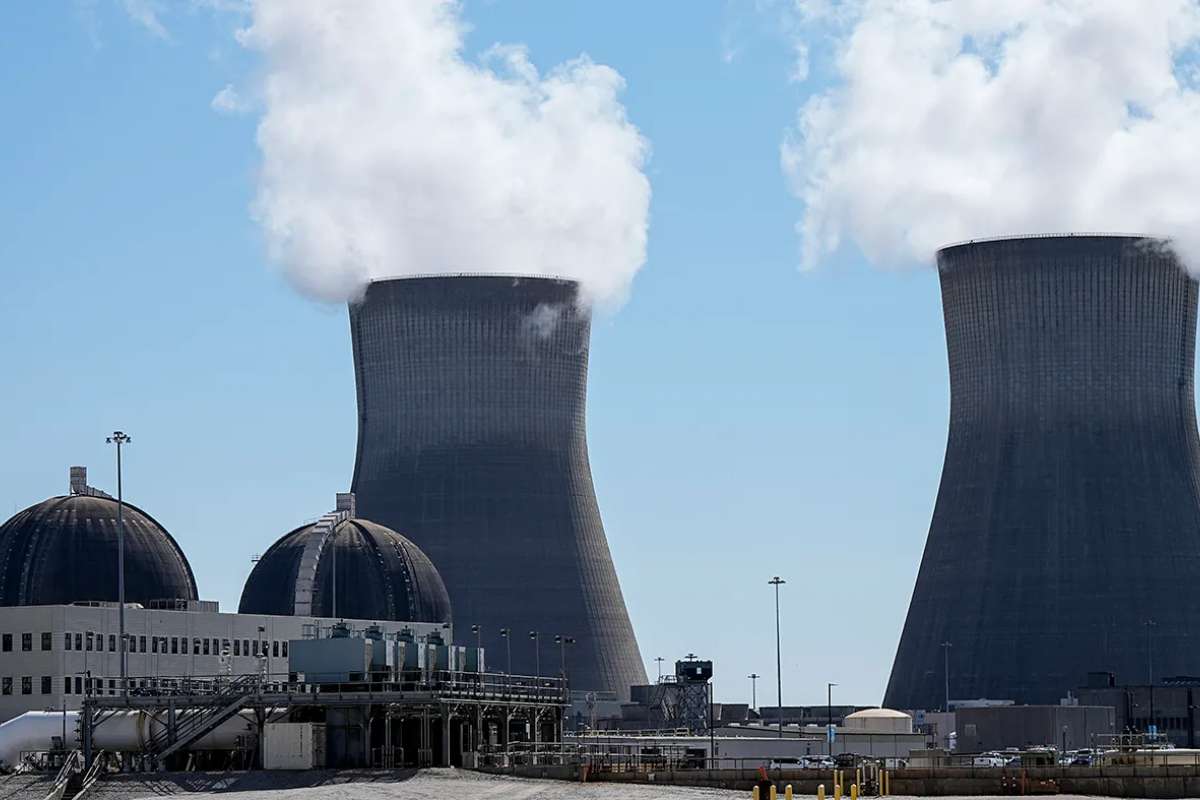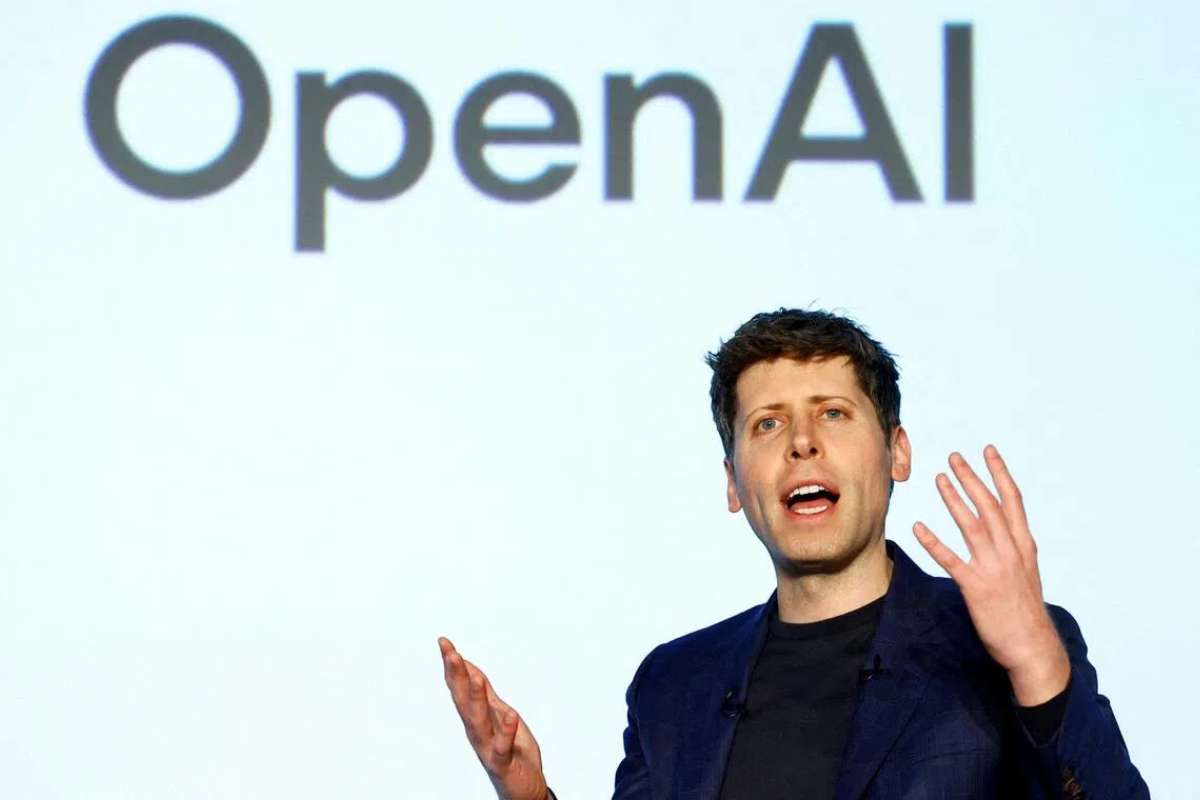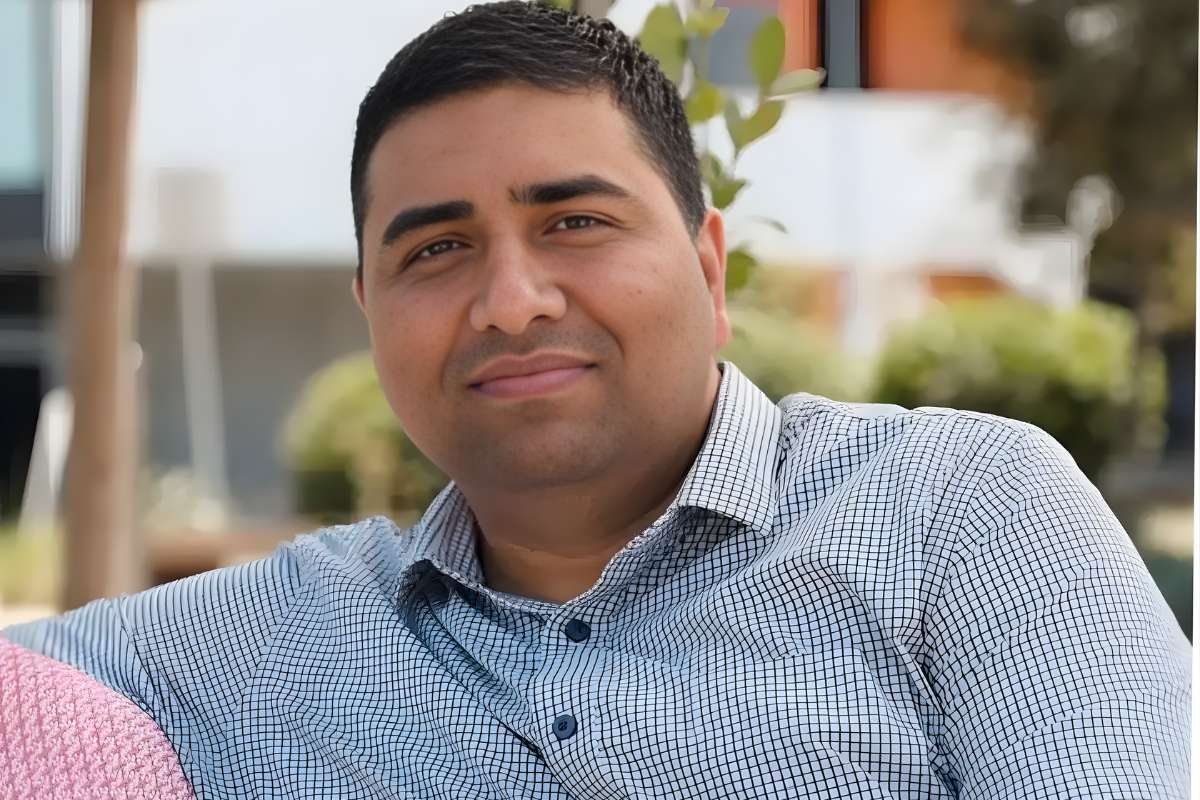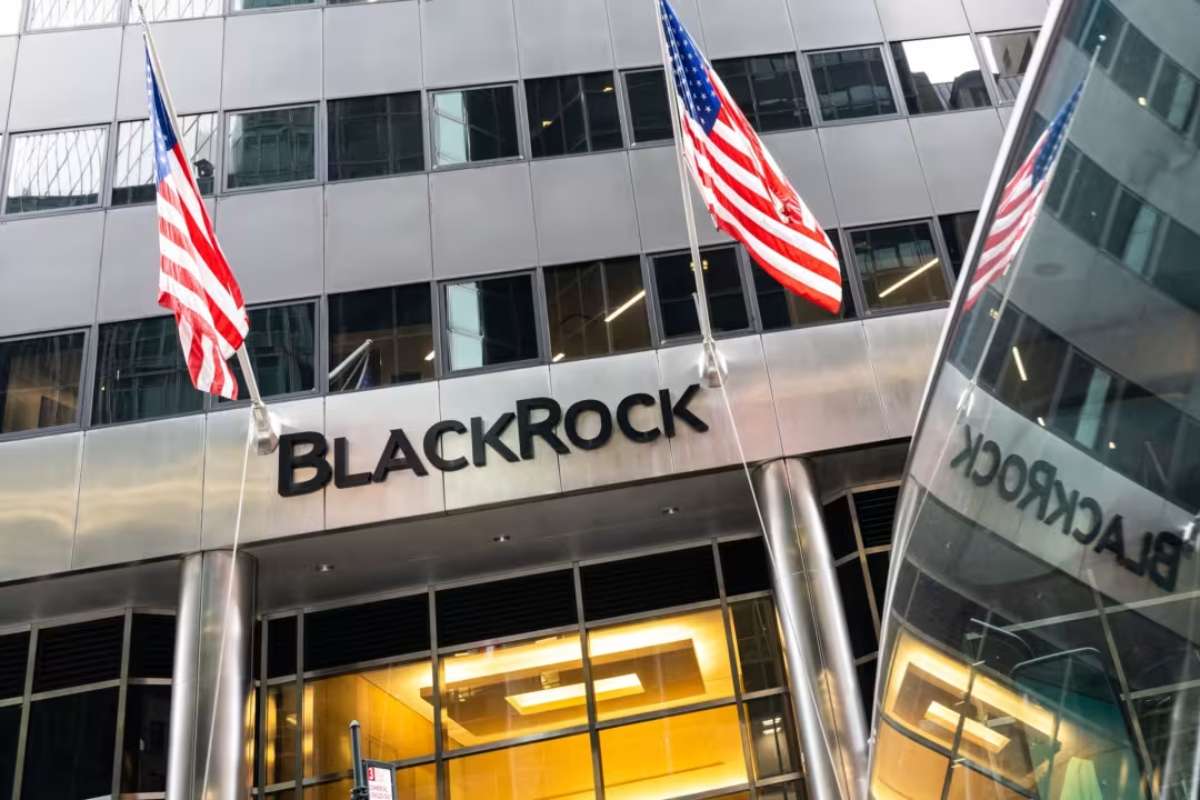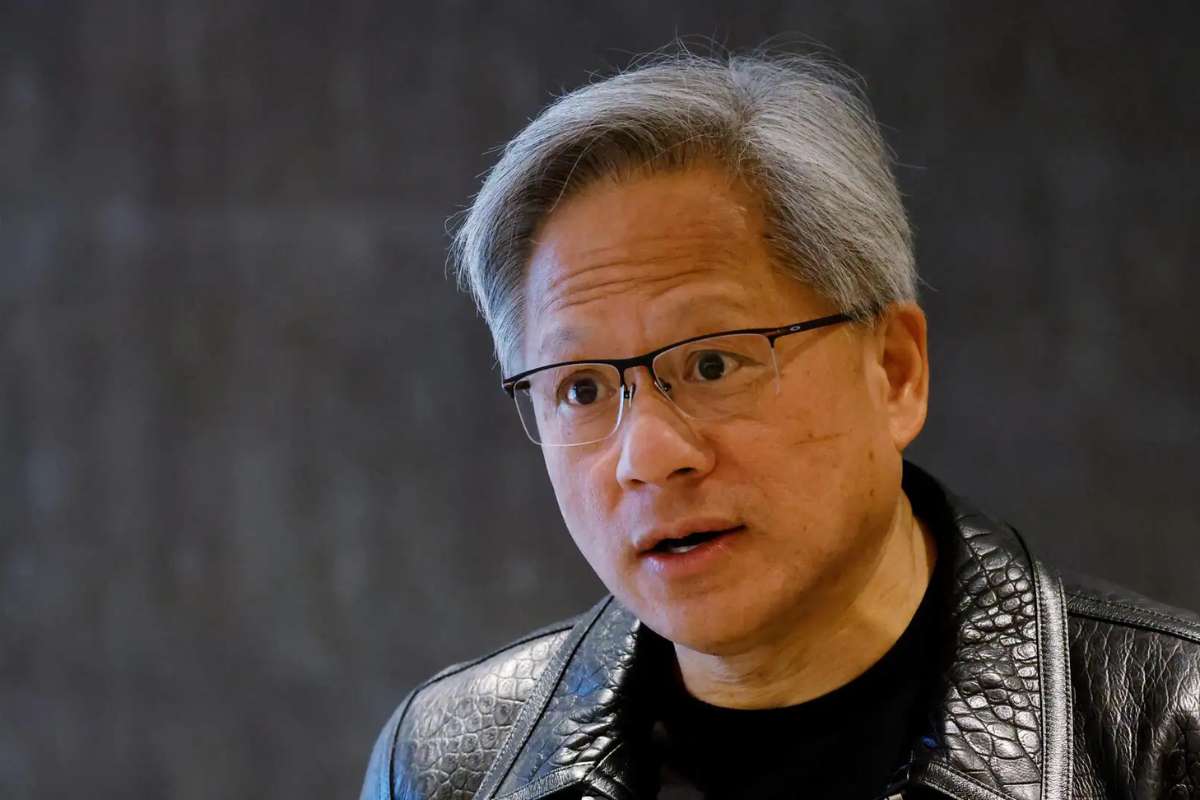Missouri is pushing forward with an ambitious nuclear energy agenda, driven by projected demand from an expected surge in data centers. However, energy experts and critics caution that this demand may not materialize as anticipated. As highlighted in a recent KSDK report, the state is banking on the arrival of large-scale data centers to justify new nuclear investments—but there’s “absolutely no guarantee they’ll show up,” according to energy analyst James Owen.
The concern stems from Missouri’s limited existing data center infrastructure, casting doubt on projections that anticipate massive new energy needs. Critics argue that committing to long-term, high-cost nuclear infrastructure based on speculative growth could expose the state to economic risk. Despite this, state officials remain optimistic that nuclear energy will offer long-term benefits in terms of energy independence, stability, and environmental sustainability.
Missouri’s Nuclear Summit Signals Commitment to Energy Transformation
Held at the University of Missouri in Columbia, the recent Missouri’s Nuclear Summit brought together state leaders, energy experts, and federal officials to chart the state’s energy future. Lieutenant Governor Mike Kehoe and officials from the U.S. Department of Energy and the National Governors Association attended the summit, emphasizing bipartisan support for nuclear innovation.
Kurt Schaefer, Director of the Missouri Department of Natural Resources, highlighted the wide-reaching implications of nuclear energy—from powering homes to creating high-tech jobs. Potential reactor sites include new builds or expansions at the current Callaway Nuclear Generating Station, which already provides around 15% of the state’s electricity.
A major focus was unique position in Missouri nuclear research and medicine. The University of Missouri Research Reactor (MURR) was spotlighted, along with its planned “NextGen MURR” project. Matthew Sanford, MURR’s executive director, emphasized that nuclear power isn’t just about electricity—it’s also advancing medicine, particularly in producing isotopes for cancer treatment.
$3 Million Boost to Academic Research Enhances Nuclear Vision
Ahead of the summit, Missouri took a tangible step to strengthen its nuclear strategy by investing $3 million in Missouri University of Science and Technology (Missouri S&T). The funding aims to expand nuclear science and engineering research capabilities.
This initiative supports Missouri’s aspiration to lead in small modular reactors (SMRs) and resilient energy systems. Dr. Joseph Newkirk, chair of Nuclear Engineering and Radiation Science at Missouri S&T, emphasized the role of this investment in producing next-generation engineers and scientists who can drive innovation and meet national energy goals.
Schaefer called Missouri a “pacesetter” in nuclear advancement, reinforcing the state’s vision to lead not just in power generation, but in research, medicine, and workforce development tied to the nuclear sector.
Missouri’s nuclear strategy reflects both vision and risk. While academic and government stakeholders are aligning resources to position the state at the forefront of nuclear innovation, real questions remain about whether data center growth will validate the investment. The coming years will test whether Missouri’s nuclear gamble can match the boldness of its vision with the realities of future energy demand.

